Hello everyone. We have another month and also another episode of Monthly Briefing. In this episode, I would like to talk a little bit more about finishing the playable demo/vertical slice and the issues and feelings that follow it.
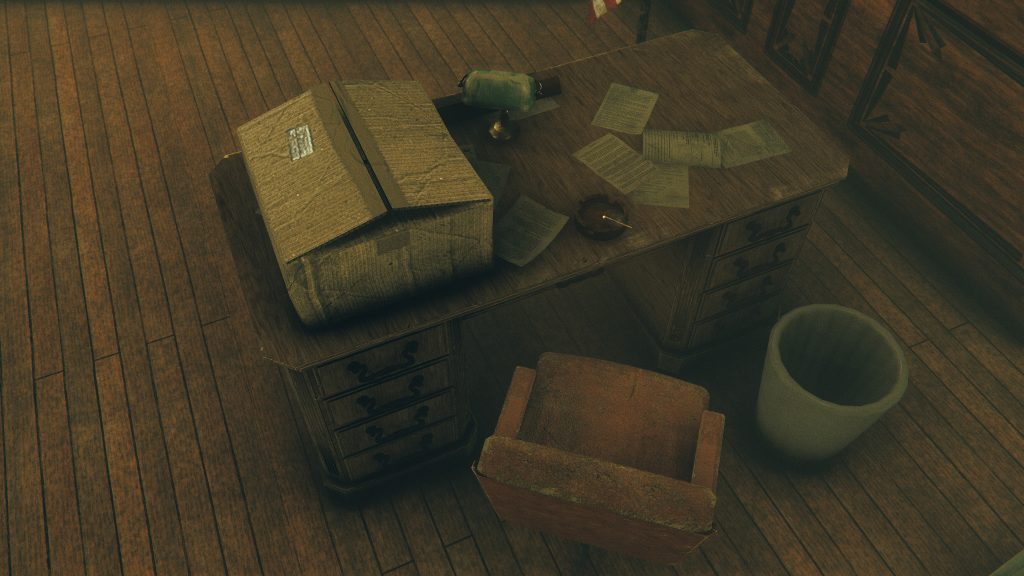
Endless Testing
The way we make level is that we make the design, the art, scripts, events, and everything else that makes level work and then we try to play through it. That’s where our hopes on what the level should be like disappear into thin air filled with huge amounts of bugs. So we take a few hundred papers and note the bugs down. After several hours we have a list of bugs we need to fix.
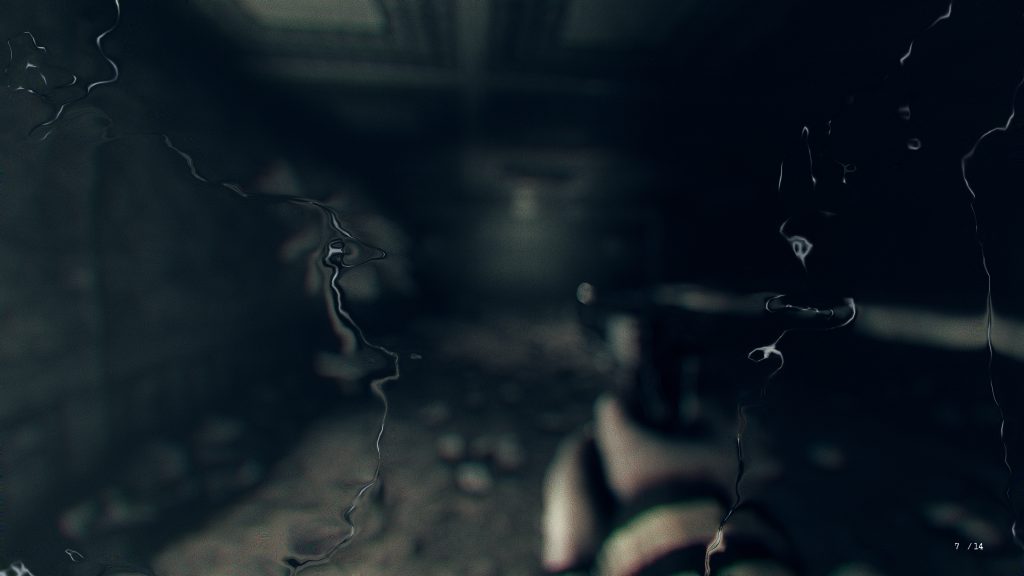
Hating your own game
Once we have the list we try to fix those issues. Most of the bugs are script bugs we need to fix using Flowgraph. There are 3 types of bugs we encountered while developing a demo:
- No. 1 are the bugs that can be fixed and after the fix disappears. Those are the best ones we all hope for.
- No. 2 are the bugs that we can fix but after testing the rest of the game we find out that the fix caused a whole new bug
- No. 3 are the type of bugs that can’t be fixed. We encountered this type of bug once and the solution was to delete the whole script and recreate it again
After we find the obvious bugs that are the most visible we jump into the level again. This time with the intent to break the game and find less common bugs that are more hidden from plain view but can be discovered and can break the game.
After all of this – testing the game two times and fixing the bugs multiple times – you will get fed up with your game and playing it. It will get so boring and repetitive and you will start to hate your game because of it. In general testing, your game is the most boring part and it left you with a sour taste for your game but it’s necessary for a game to work.
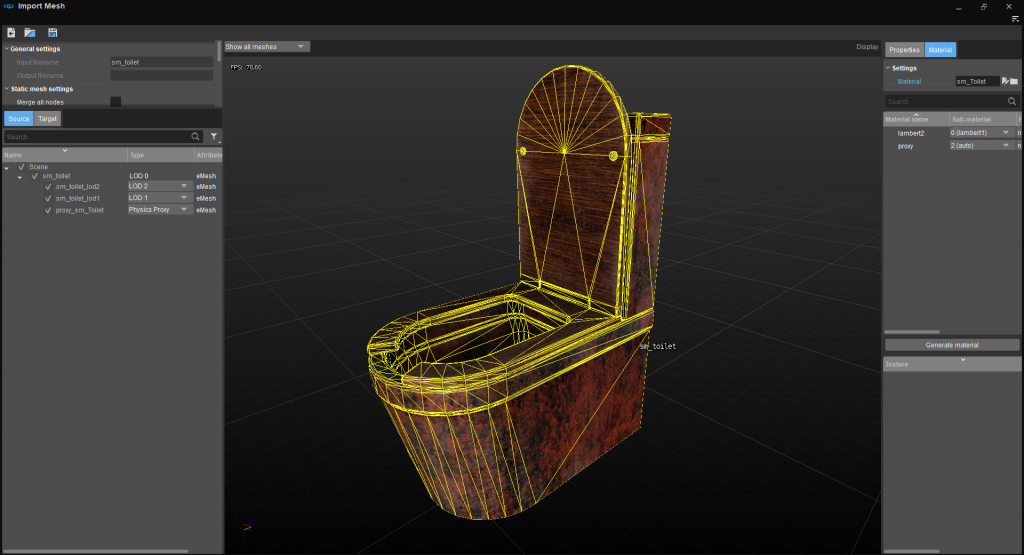
Learning to love your game again
The thing that helped me a lot is that we want to pitch our game to publishers/investors and get funding for further development. Because we made some changes to game mechanics since we started to work on the game I had to make a new game design document (GDD). GDD is a document that includes everything about your game to the smallest detail. Writing this down was great because it made me realize how great of a game we are making and helped me to get over that sour feeling from the testing phase.
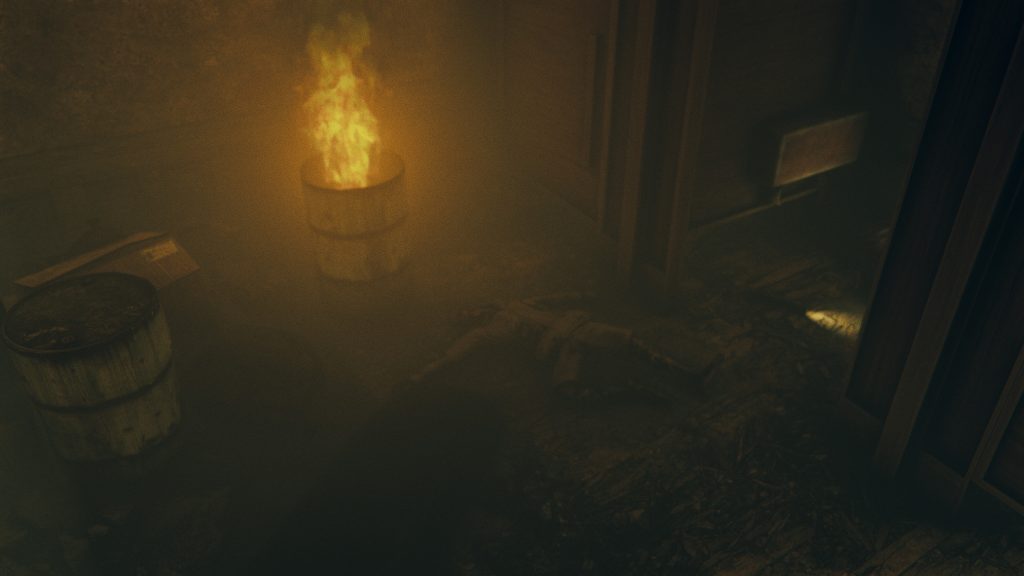
How to approach feedback
This is a tough subject to talk about. Few factors come into account when you deal with feedback:
- Quantity – when you hear the same feedback multiple time it holds some relevance
- Quality – if the feedback is something like – Your game is bad or You don’t have that much experience – you can throw it away because it doesn’t make your game better
- Experiences – it matters who is the person giving you feedback. For example, environment artist can give you great feedback about art but not so much when it comes to GDD or budget
What I was trying to pinpoint here is the quote of Ken Levine when he said (not 100% accurate):
You choose what you listen to but you should hear it (feedback)
Ken Levine
You need to listen to feedback and yes you’ll get bad feedback or just straight-up hate if you don’t hire professional testers. But in the sea of hate, you can also find some actually good and meaningful feedback that can help your game be better.
We had this problem with the way our voiceovers were done and by some of the lines were written. So we had to go back – even though we had the game playable – and rewrite and rerecord the lines for the game and redo some of the things.
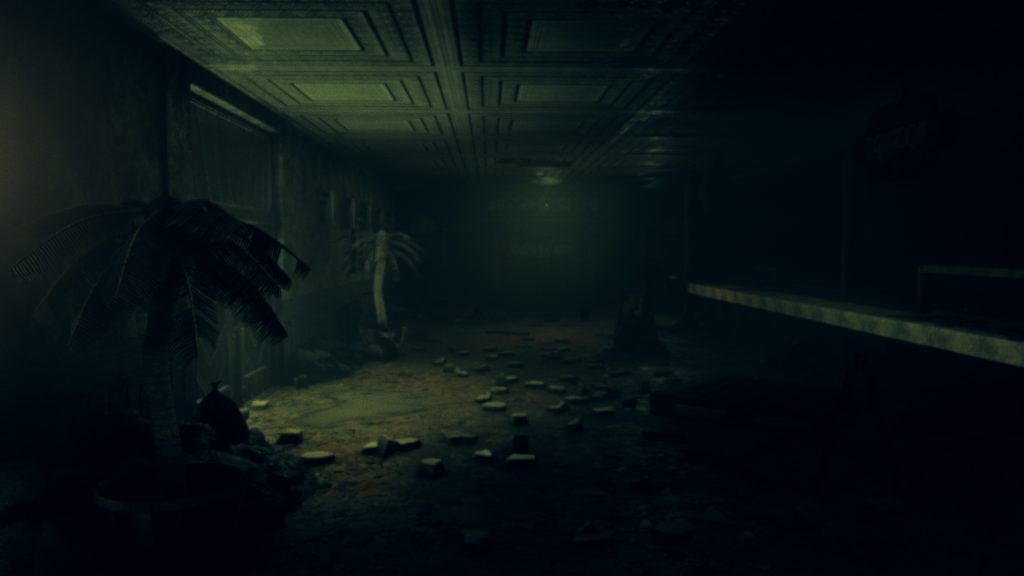
Looking forward
Another thing that should come in the next months should be the pitching phase where we pitch the game to publishers/investors. I will document our journey in the next episode and hopefully, the journey will be successful.
Hope you enjoyed this episode of Monthly Briefing and if you do you can share this article on your social media or you can join our Discord and connect with us directly. We’re all there and we would love to meet you there! See you next month guys!
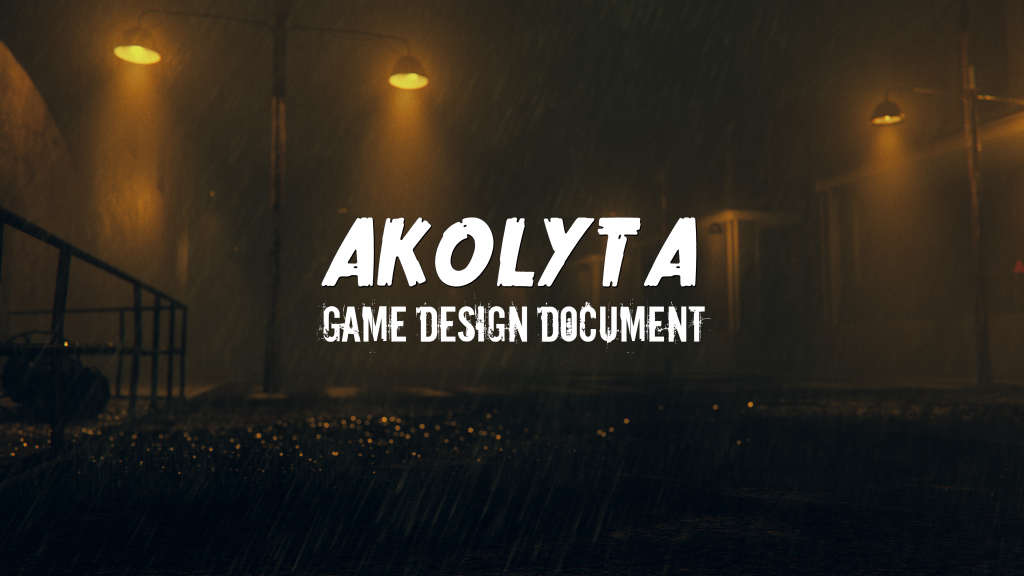
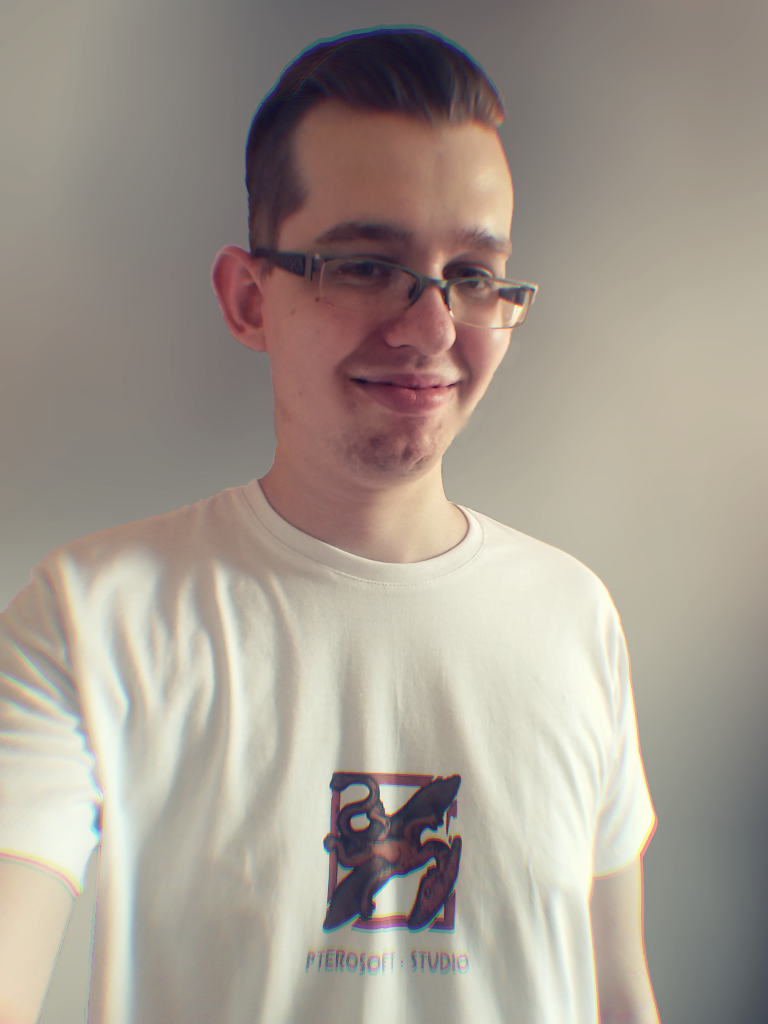
Jan Bostl
CEO, Creative Director, Designer, Environment Artist
If you like this post or the game and would like to know more about it, the way the game is made, what is currently going on, or get to know the people behind the game you can join the Discord server where you will be able to get in touch with the Pterosoft team and find like-minded people who love horror!